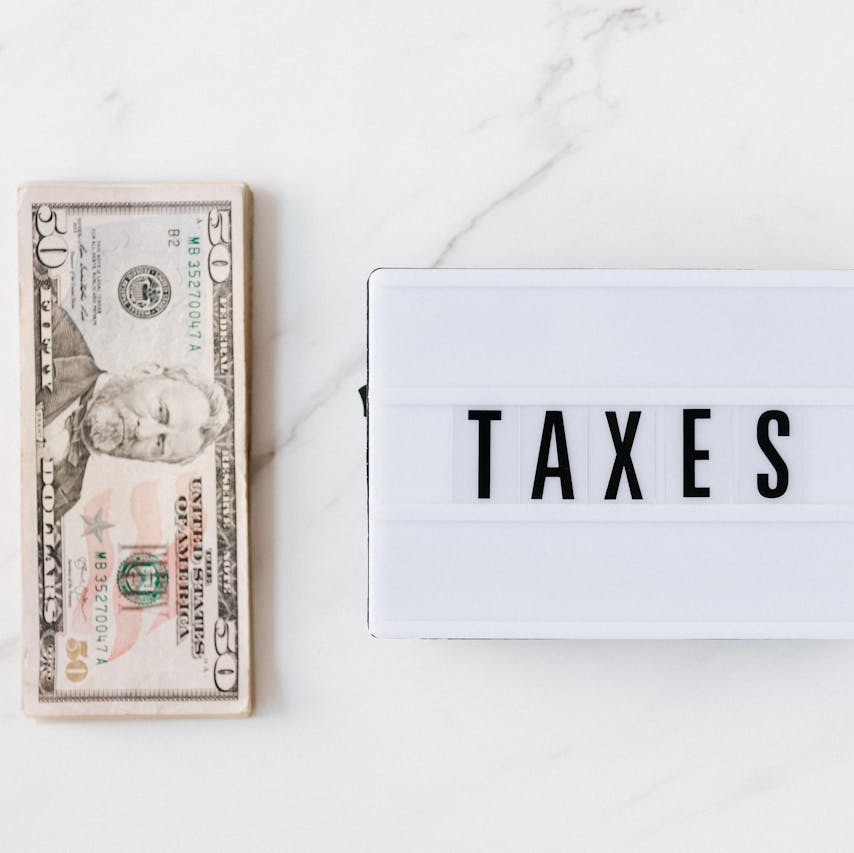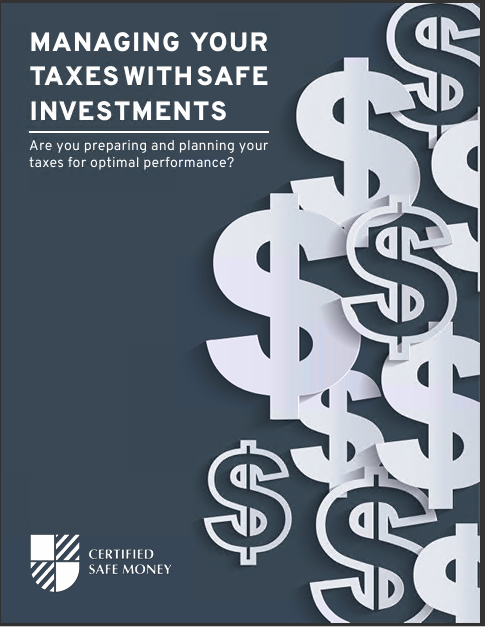Indexed universal life (IUL) insurance is gaining popularity among those looking for a bit of investment action with their life insurance protection. IUL is a hybrid product that is also called equity-indexed universal life insurance. IUL guarantees a payout upon death, just like any other whole life insurance product. It also builds up cash value as premiums are paid, just like other types of universal life insurance. The difference between IUL and other types of insurance is that the policyholder can tie up to 100% of the policy’s cash value to a stock market index, such as the S&P 500 or the Nasdaq 100. The remainder, if any, is deposited into a fixed account. Suppose the indexed account earns a profit (usually over a month). In that case, a percentage of the interest income, known as the participation rate, is added to the policy’s cash value. If the index falls or remains constant in value, the insured’s account earns little or nothing. IULs are not considered investment securities, even though they perform similarly to securities. There is no market or index investment made with the cash value. An index is simply a tool for calculating the interest crediting rate on the cash value account. As with any universal life insurance, it’s critical to thoroughly research each company being considered to ensure they’re among the best universal life insurance companies currently in operation. The greatest benefit of IUL insurance is the potential for cash value gains, which can be significantly higher than gains on many other financial products, such as traditional universal life or whole life insurance policies. Policyholders also benefit from a crediting floor, typically 0% or 1%, which protects the current cash value from losses in a poor-performing market. The client is not subject to a negative crediting rate if the index produces a negative return. In other words, the account will not lose its original cash value. The cash value grows tax-free, and the death benefit is tax-free for the beneficiaries. In many cases, loans made against the policy are also tax-free. Because premiums are paid with after-tax dollars, partial and complete withdrawals (up to the number of premiums paid) are also tax-free. Riders, such as guaranteed premiums, guaranteed death benefits, and provisions for long-term care and critical illness, are available to make the policy more appealing (and valuable). The insurer restricts increases in cash value and profits by keeping a portion of the gains, including any excess over the cap. The maximum interest crediting rate cap is 10% to 12%, depending on the product. If the index returns more than the cap, the cap determines the maximum crediting rate. The crediting rate cap may disappoint in a raging bull market. The investor’s money is then locked up in an account that may underperform other investments. Furthermore, the insured may not make any money at all. A series of negative index returns can result in a 0% interest crediting rate for the policy. Companies that sell the policies will inevitably present the potential rate of return in the most favorable light. Any salesperson who wants to keep his license to sell can’t promise big returns, but many advisors who don’t like IUL products point out that returns can be much lower than policyholders are told to expect. Unrealistic expectations can also result from a lack of understanding of complex calculations – policyholders may not fully comprehend the costs that inevitably eat into profits. IUL, like any other product linked to equities, is not without risk. IUL insurance is riskier than standard universal life insurance but less risky than variable life insurance policies (which invest in stocks and bonds). The additional client risk is due to fluctuations in interest rate crediting. Additionally, premiums may rise. Although they are meant to be stable, premiums could go up if the measuring index consistently performs worse than expected. In the event of death, while there are outstanding loans against the policy, the funds may be subject to regular income tax. Gains become taxable as income in the event of policy cancellation. Losses are not recoverable. Fees are typically front-loaded and incorporated into complex crediting rate calculations, which can perplex some investors. Fees can be quite high. Costs differ from one insurer to the next and are also affected by the insured’s age and health.
Contact Information:
Email: tsweet9219@aol.com
Phone: 2624906519
Bio:
30 + years as a Financial Planner. Securities (Series 1,7, and 65) and Insurance Licensed. Retirement Planning including the actual planning of where your income will come from as well as a discussion of products to get you there. The market has been volatile since Covid broke out and many people are not comfortable with this. If you are retired we will look at your total income and tax situation. If you are still working we have some more time to plan.














